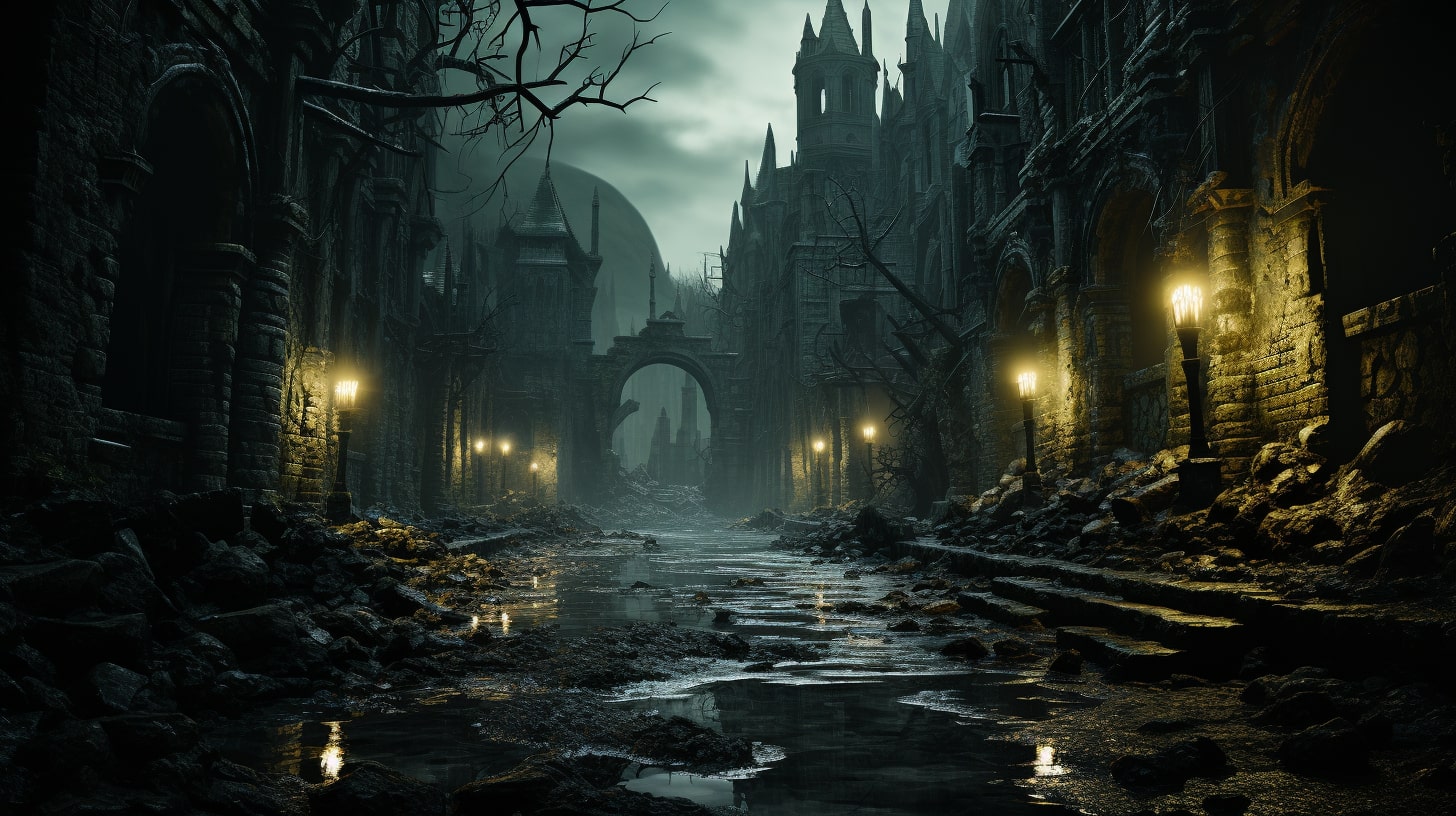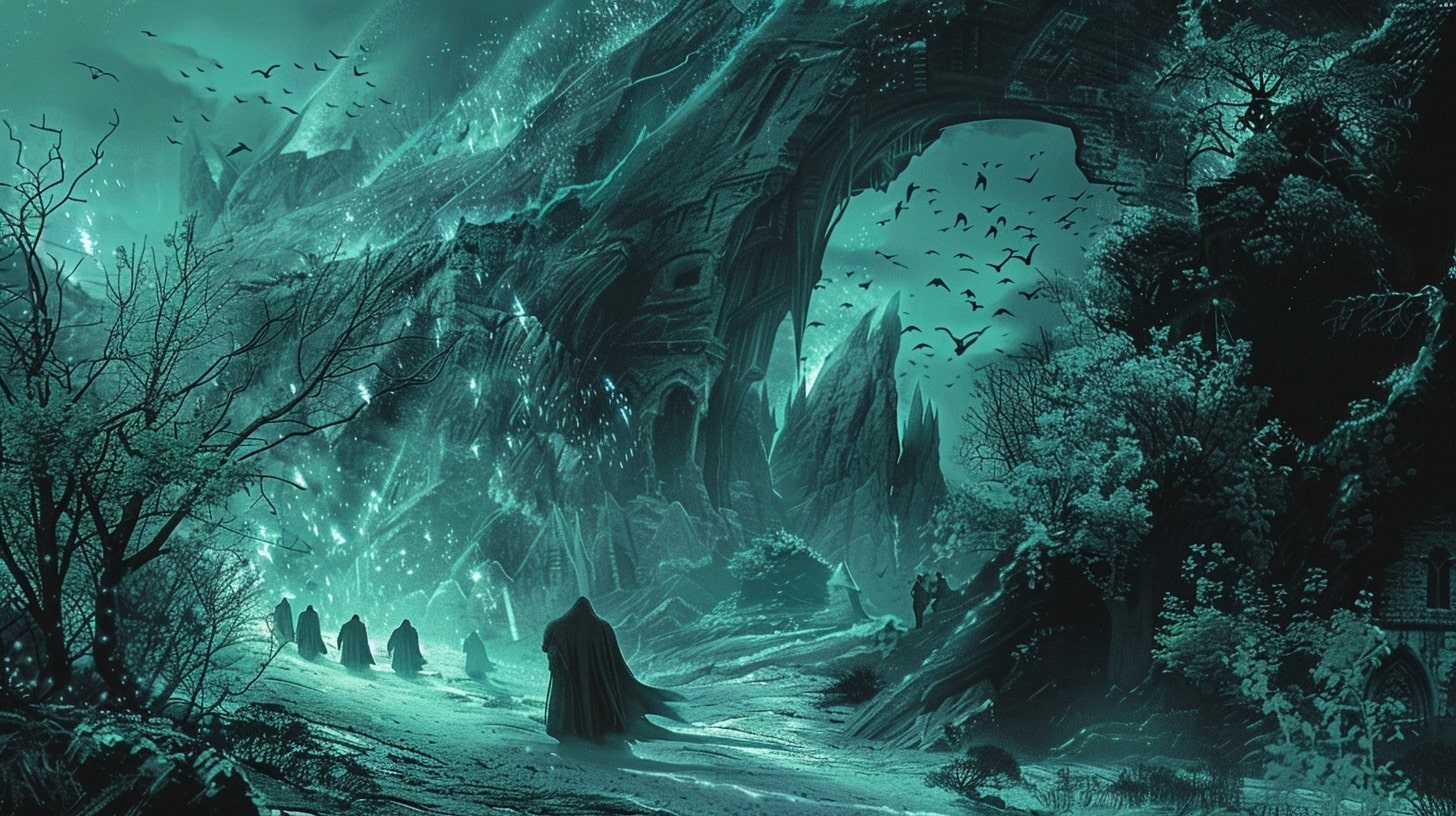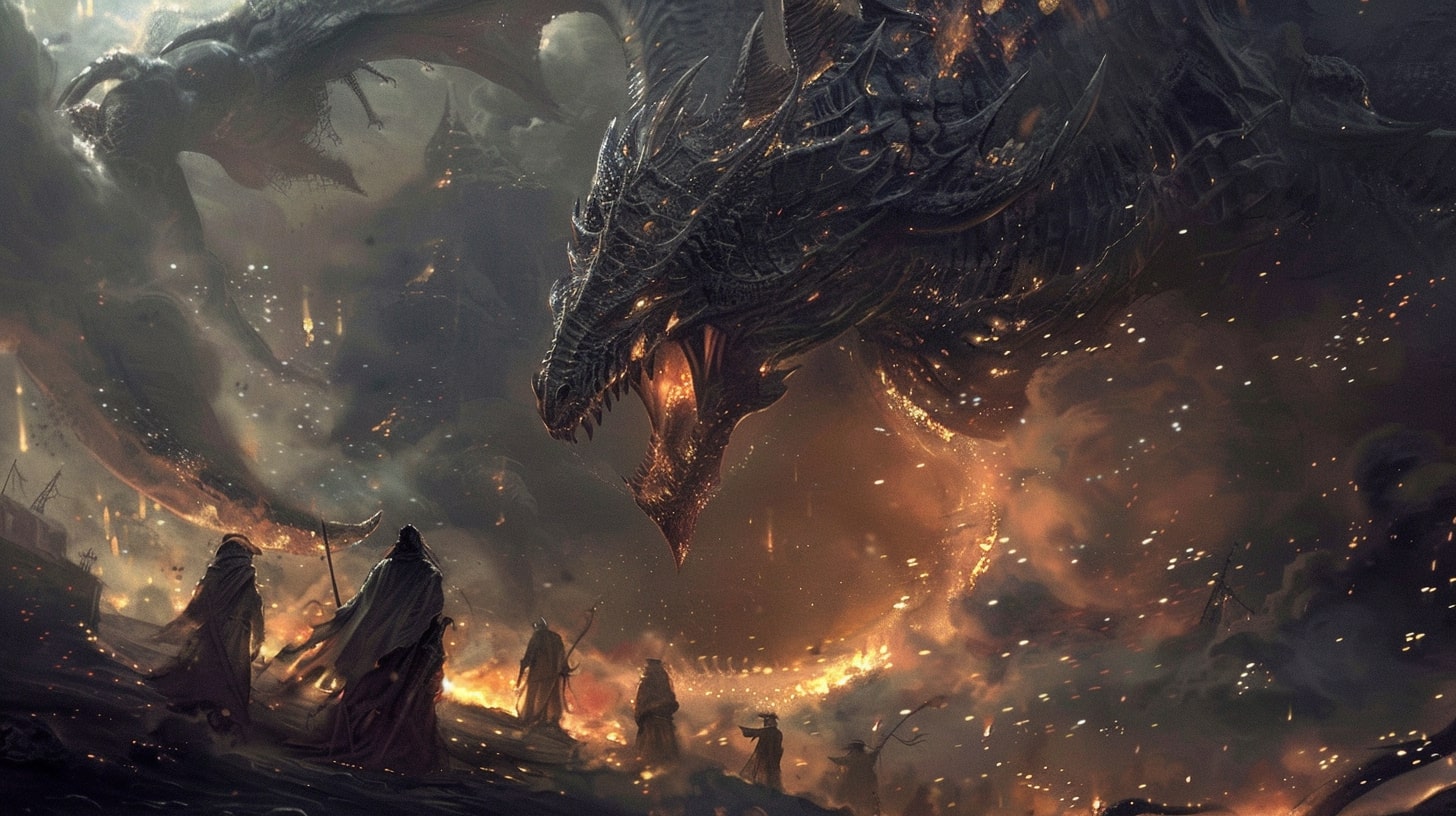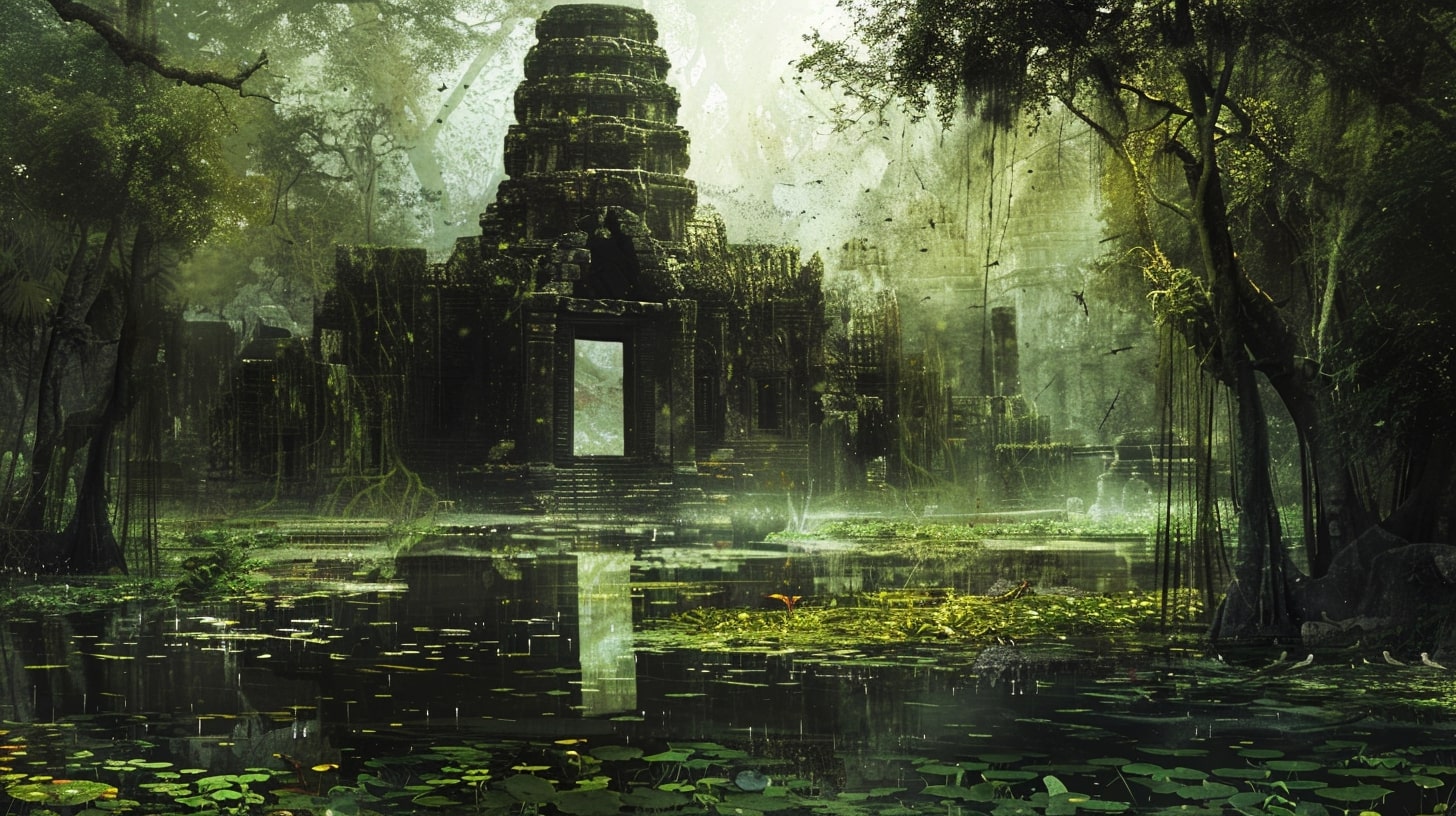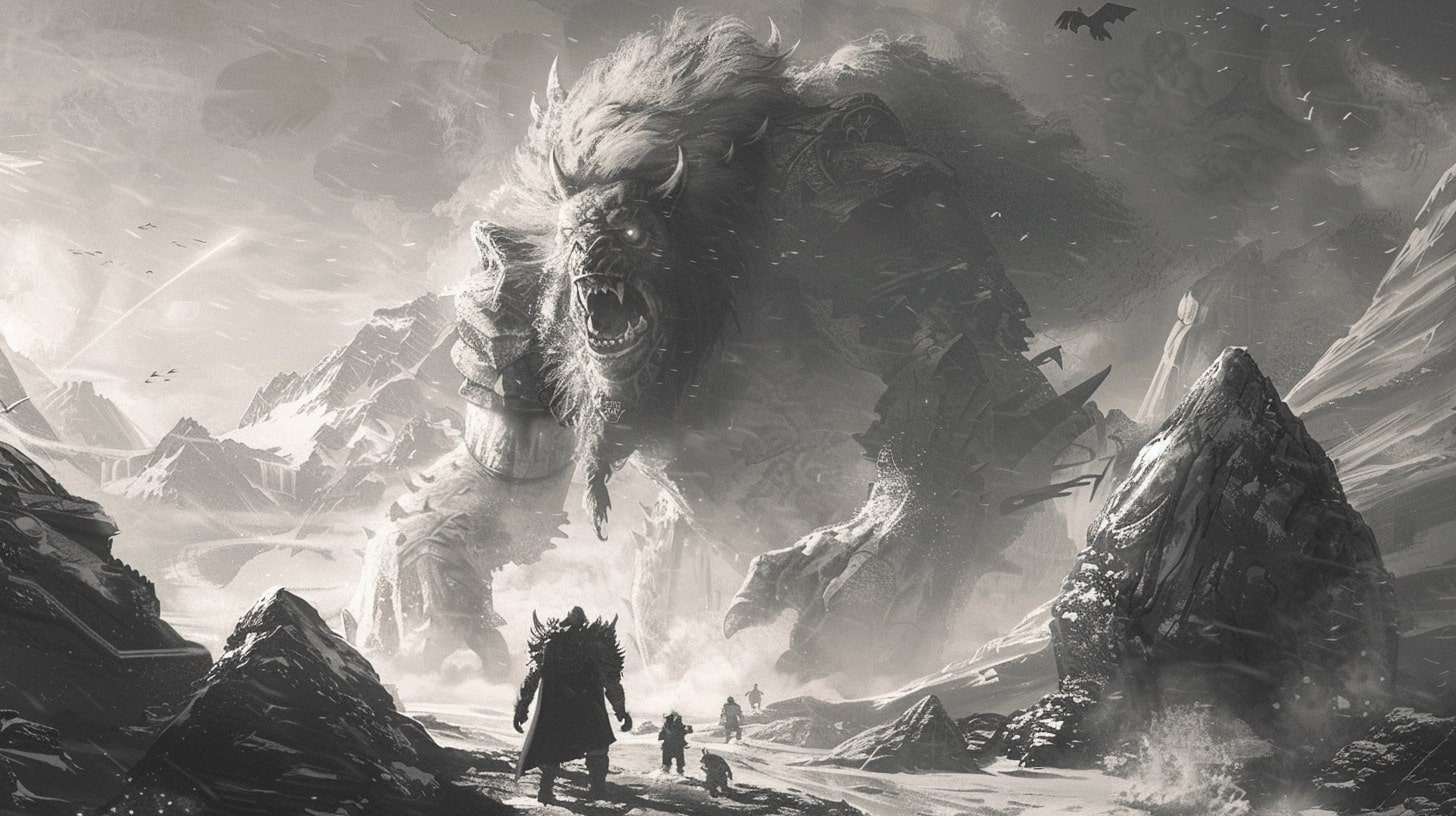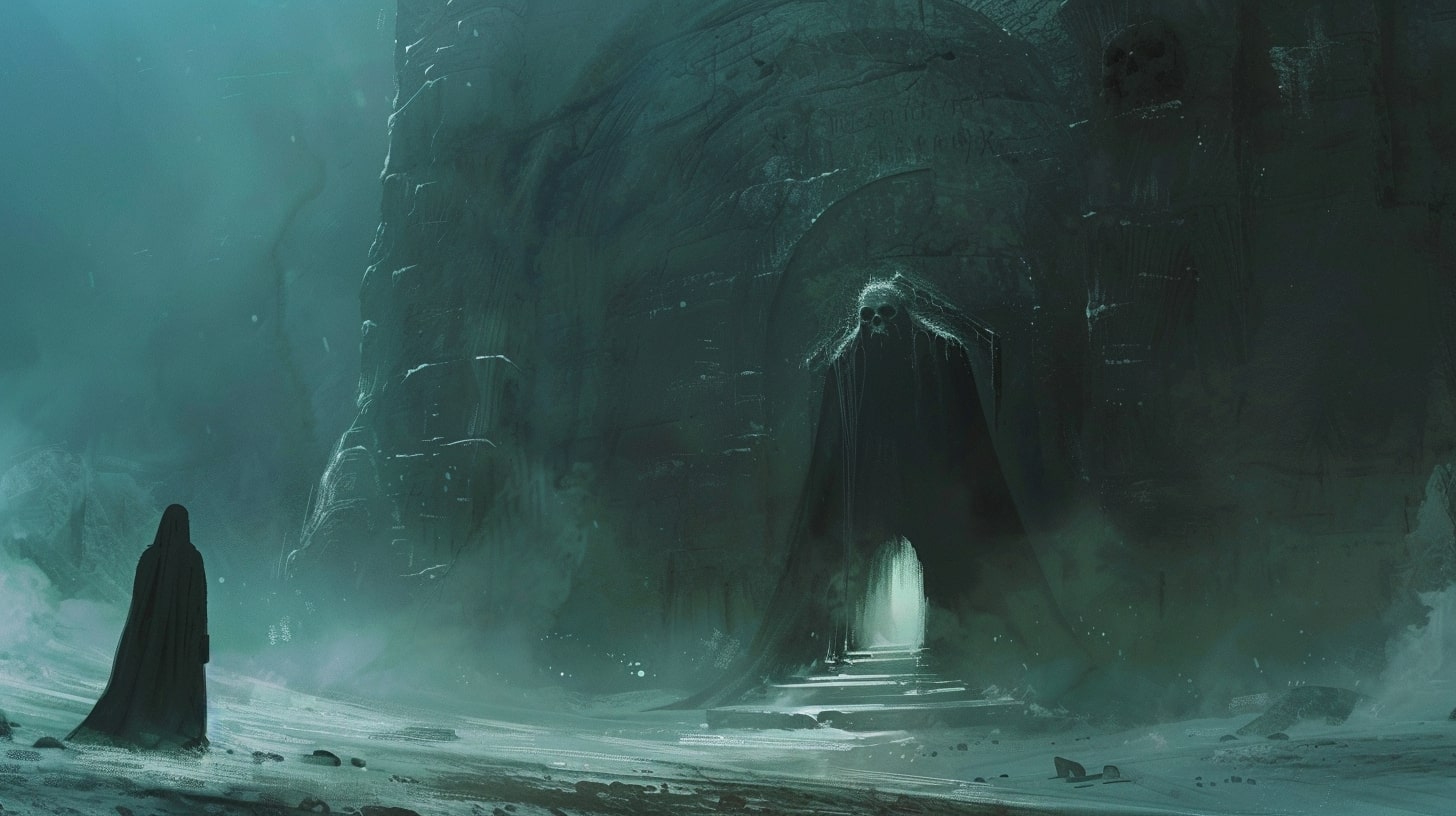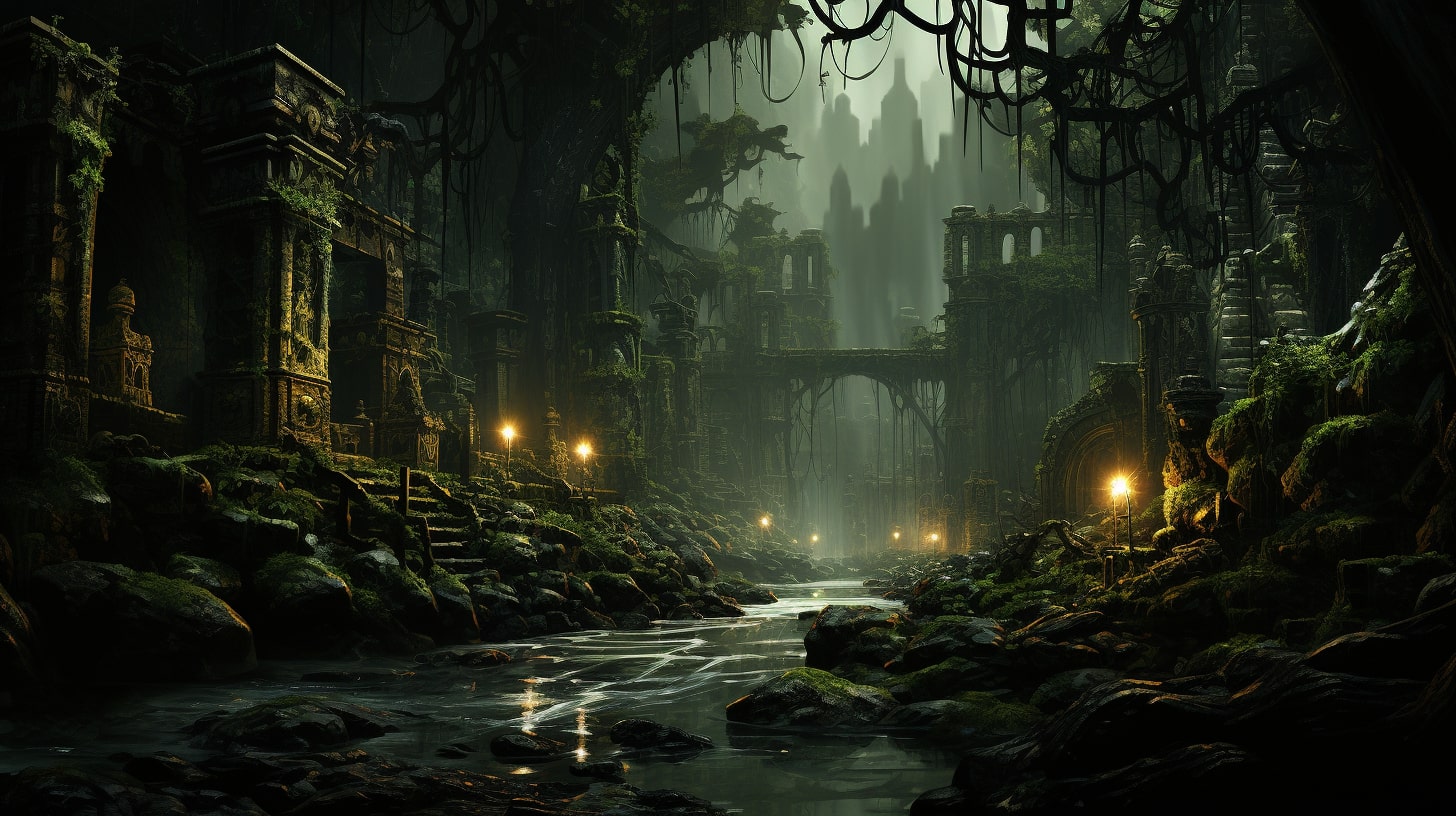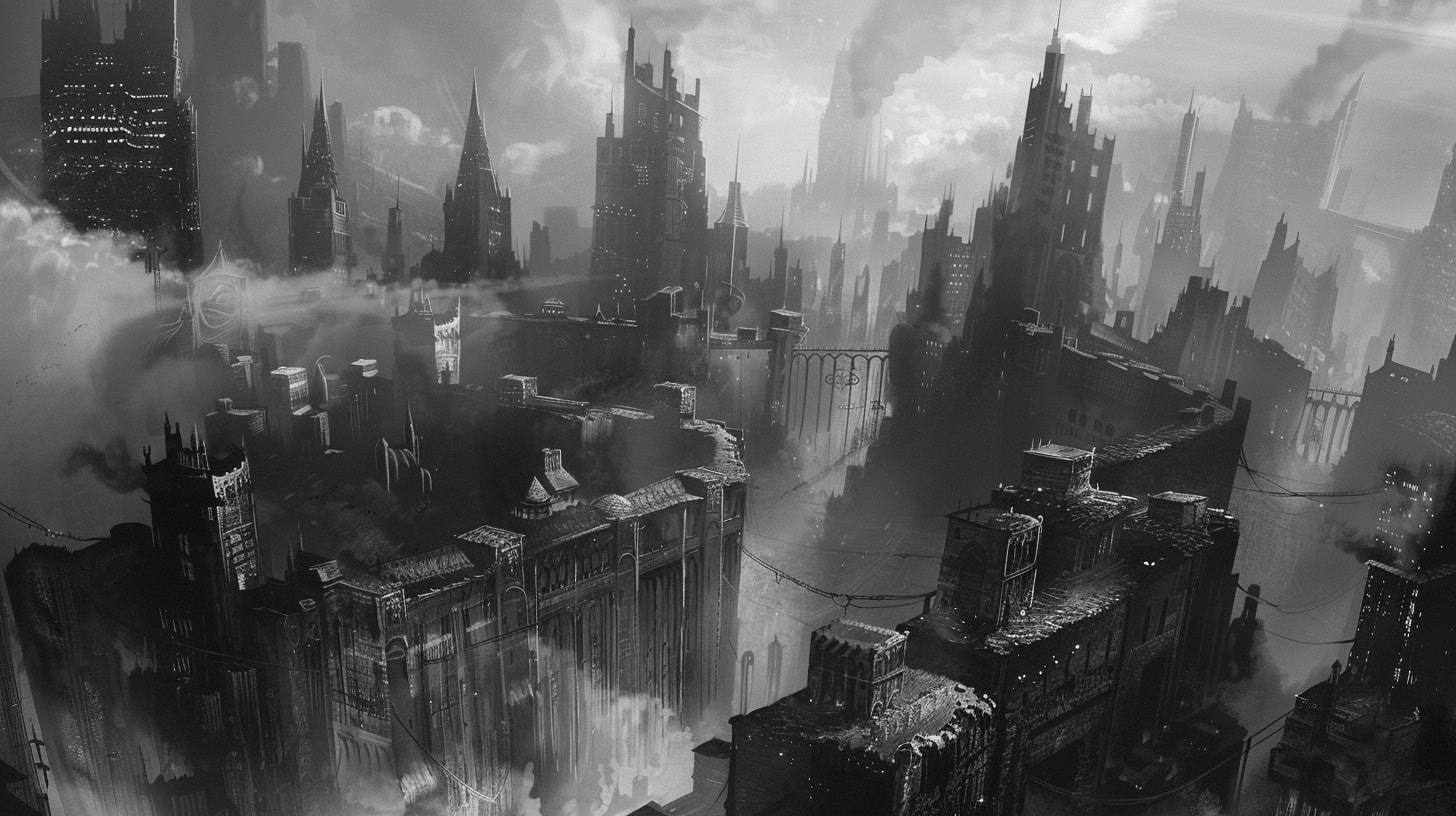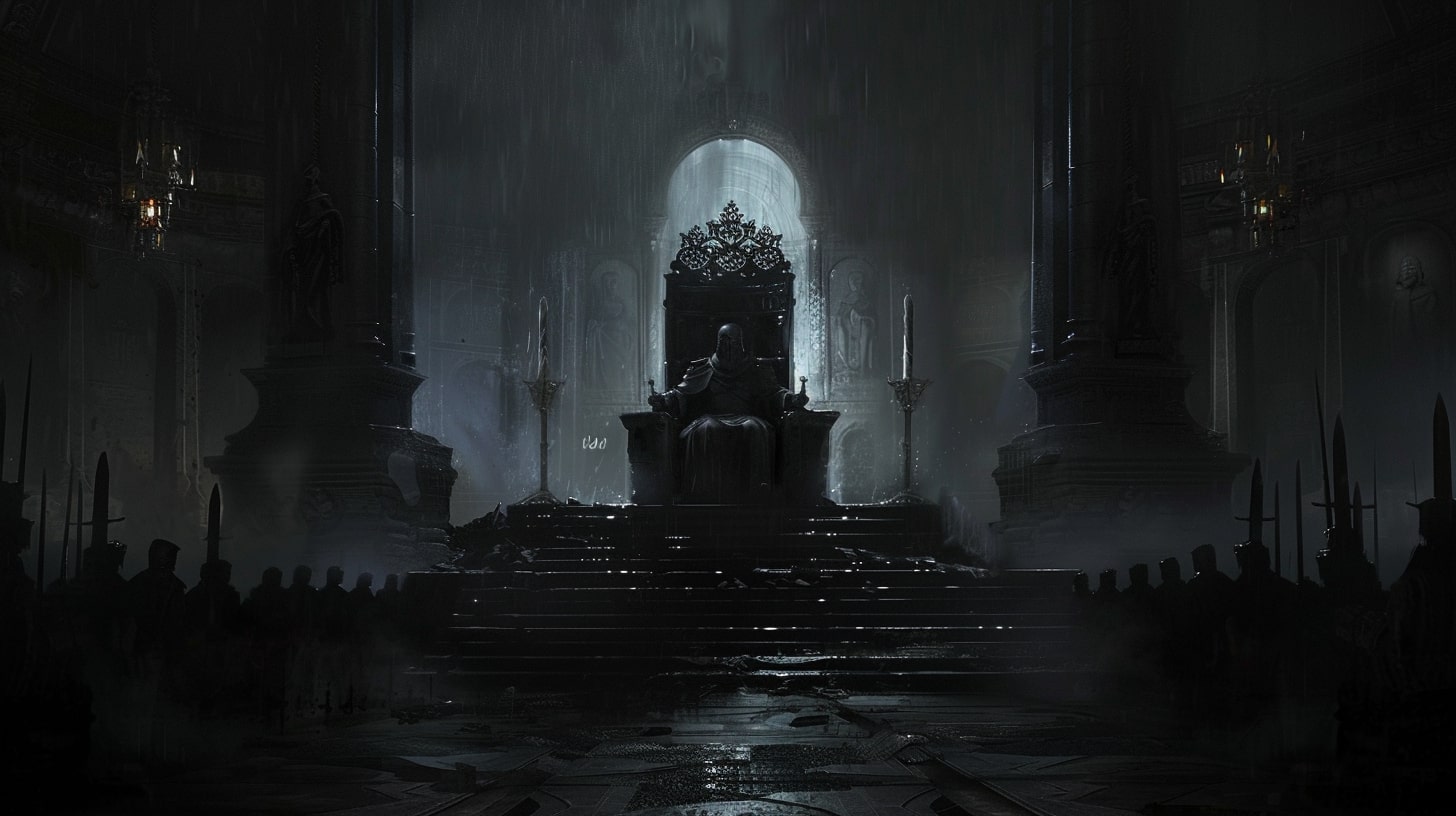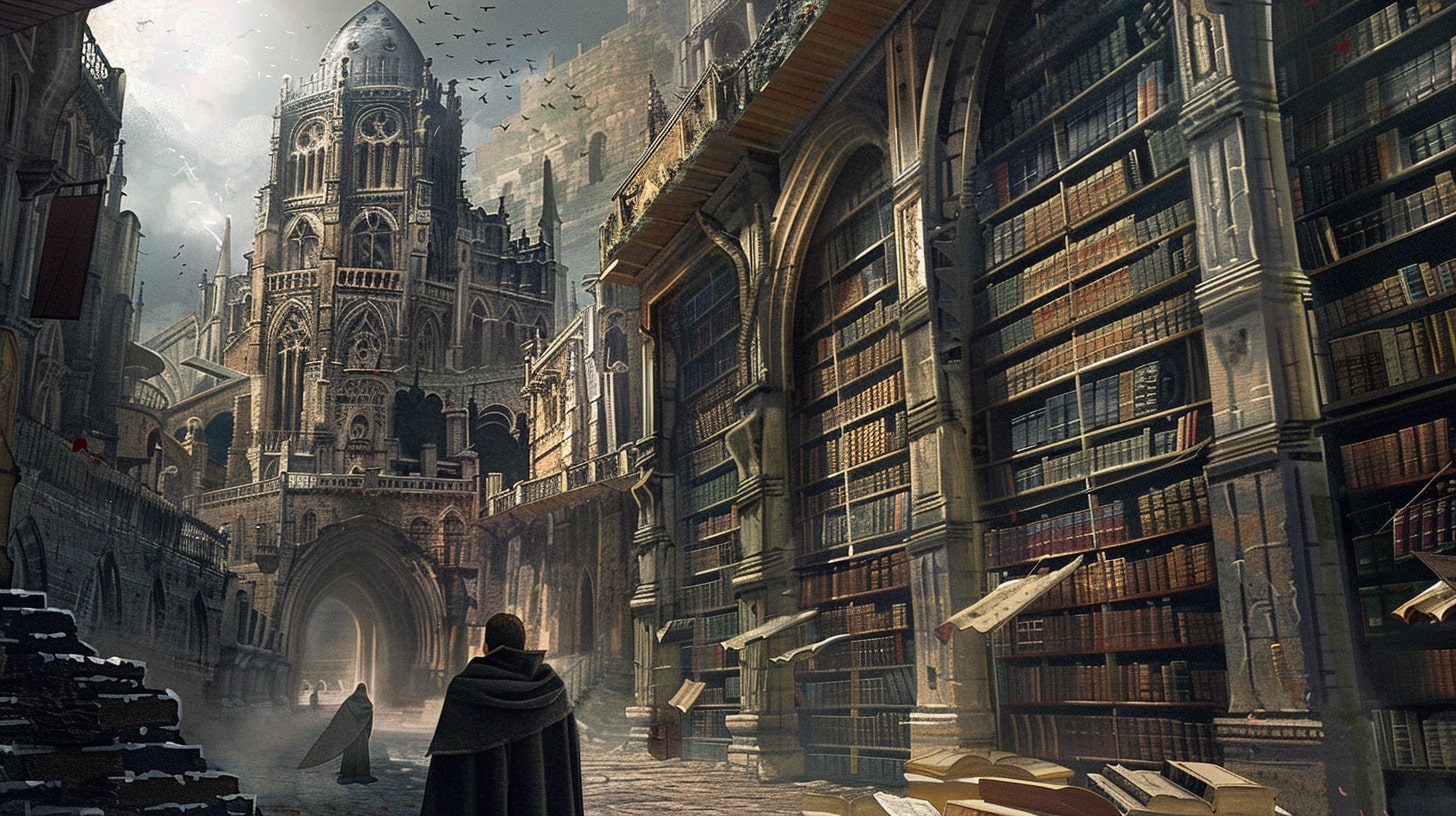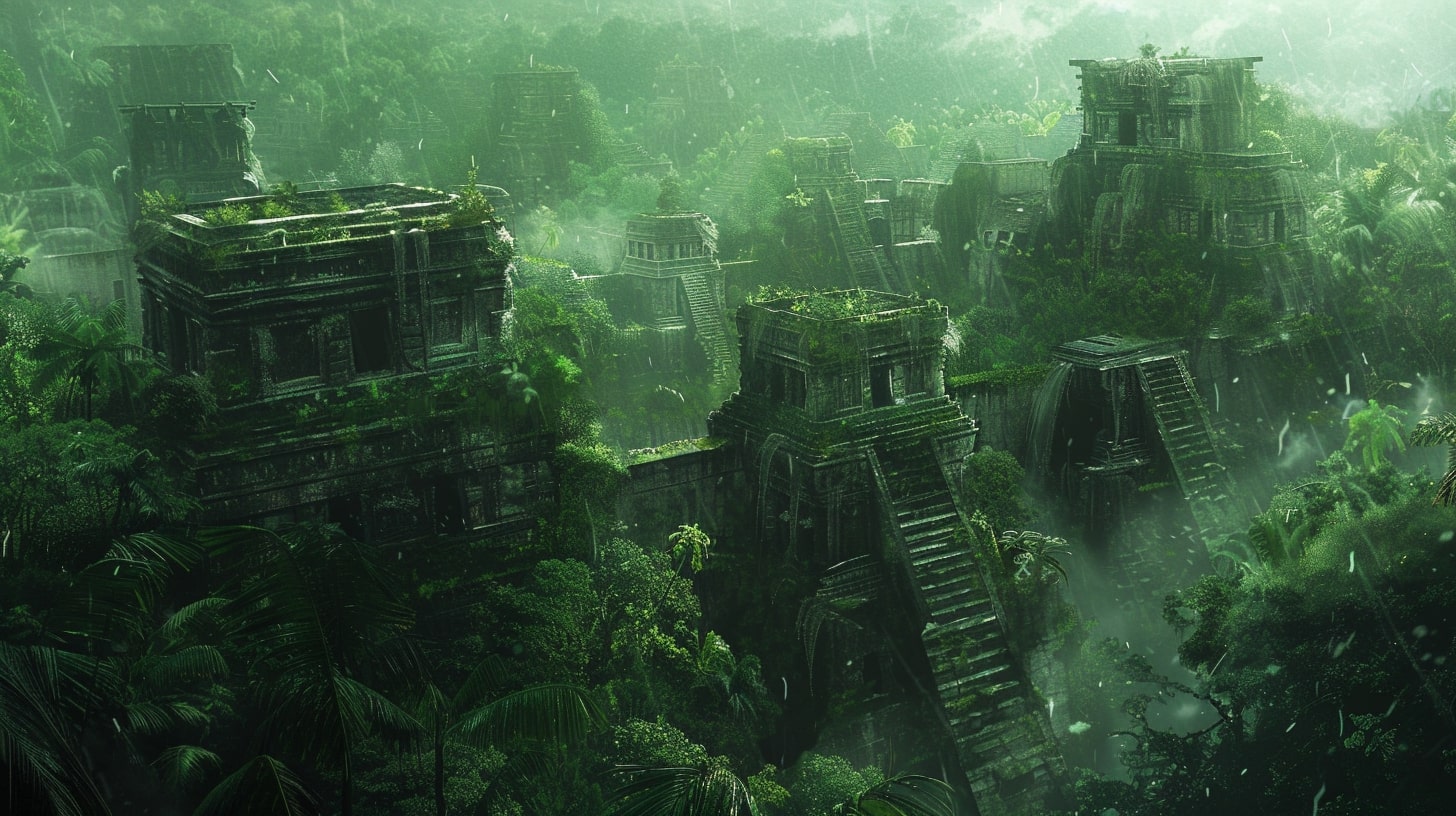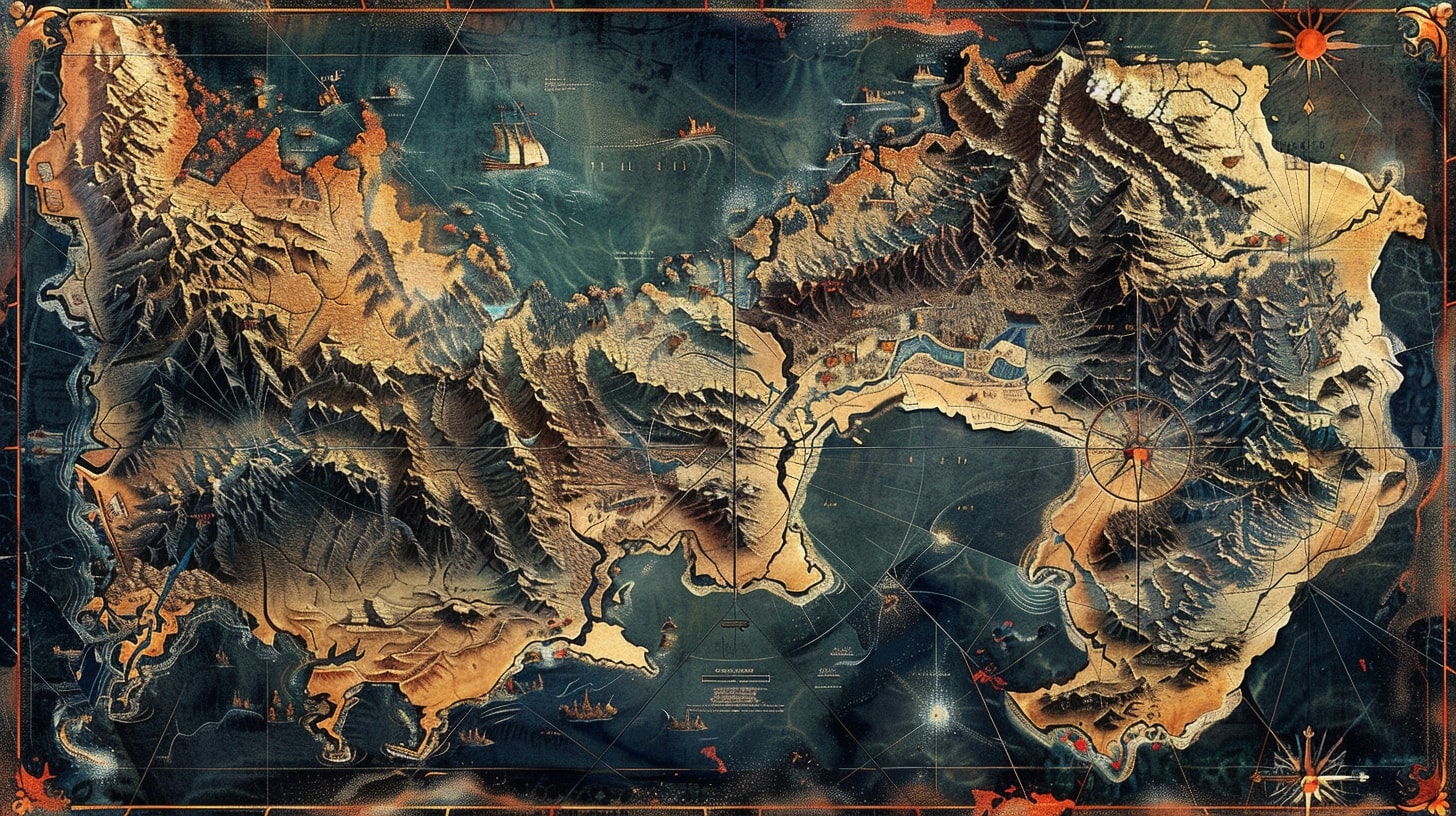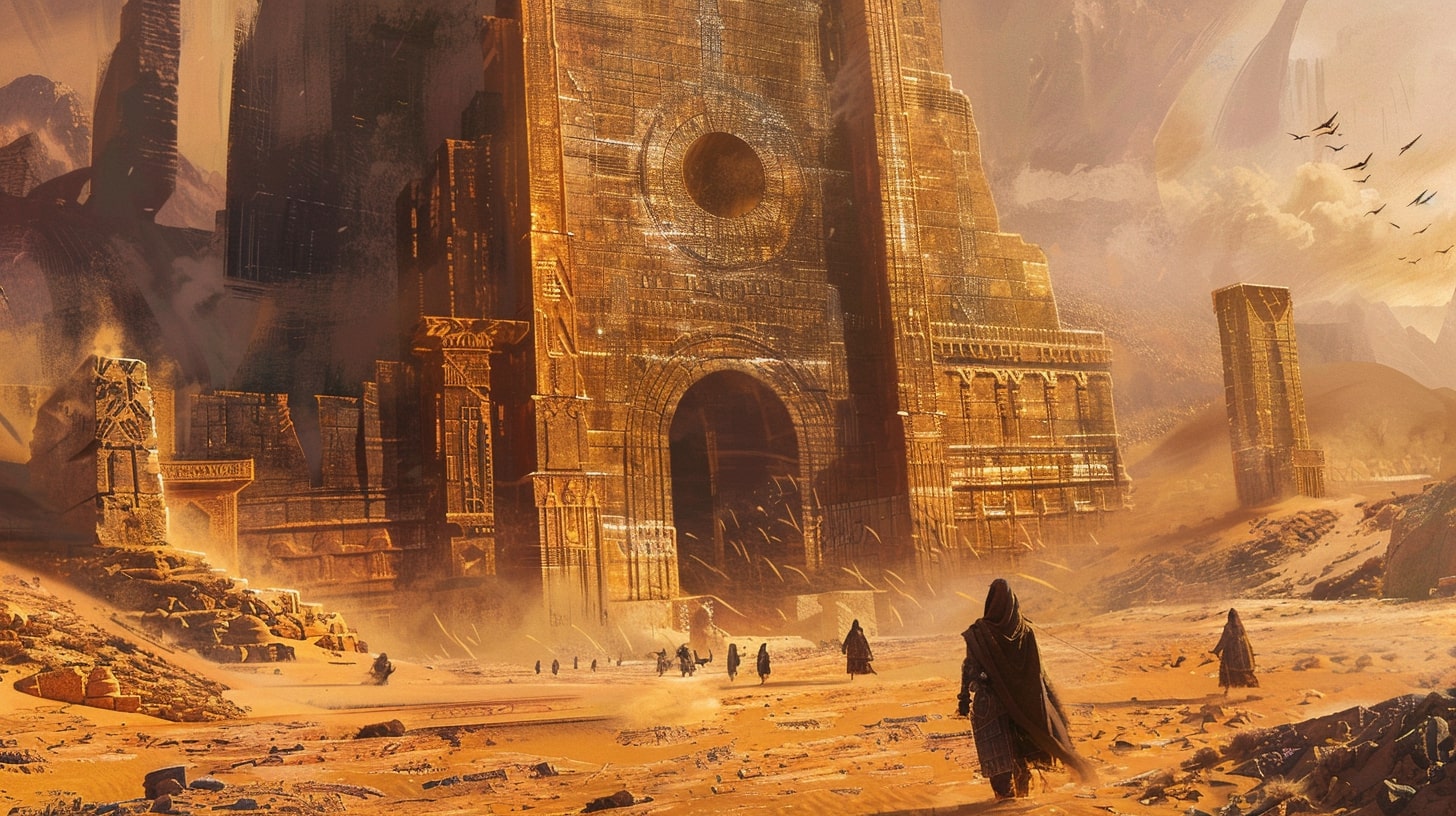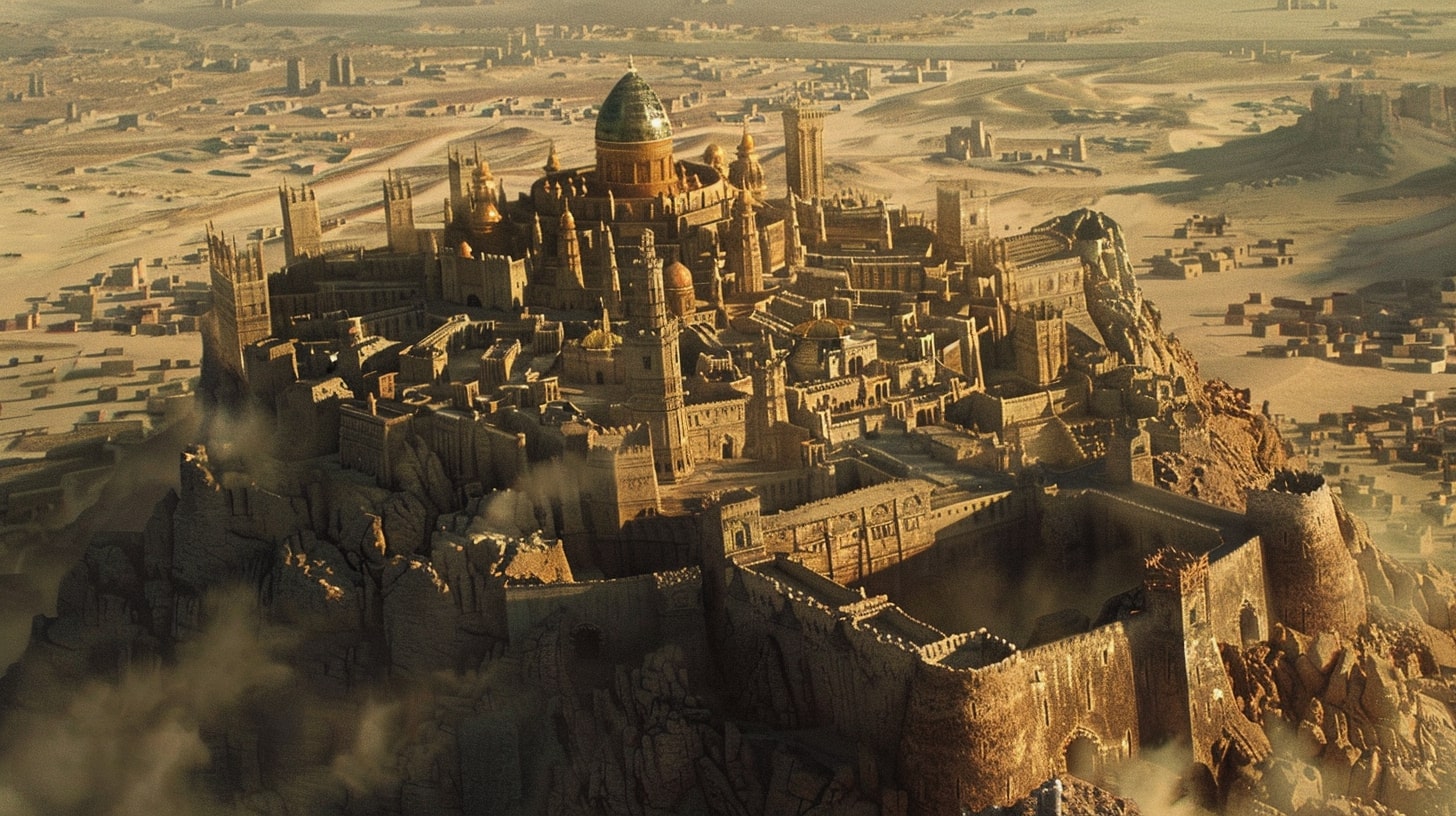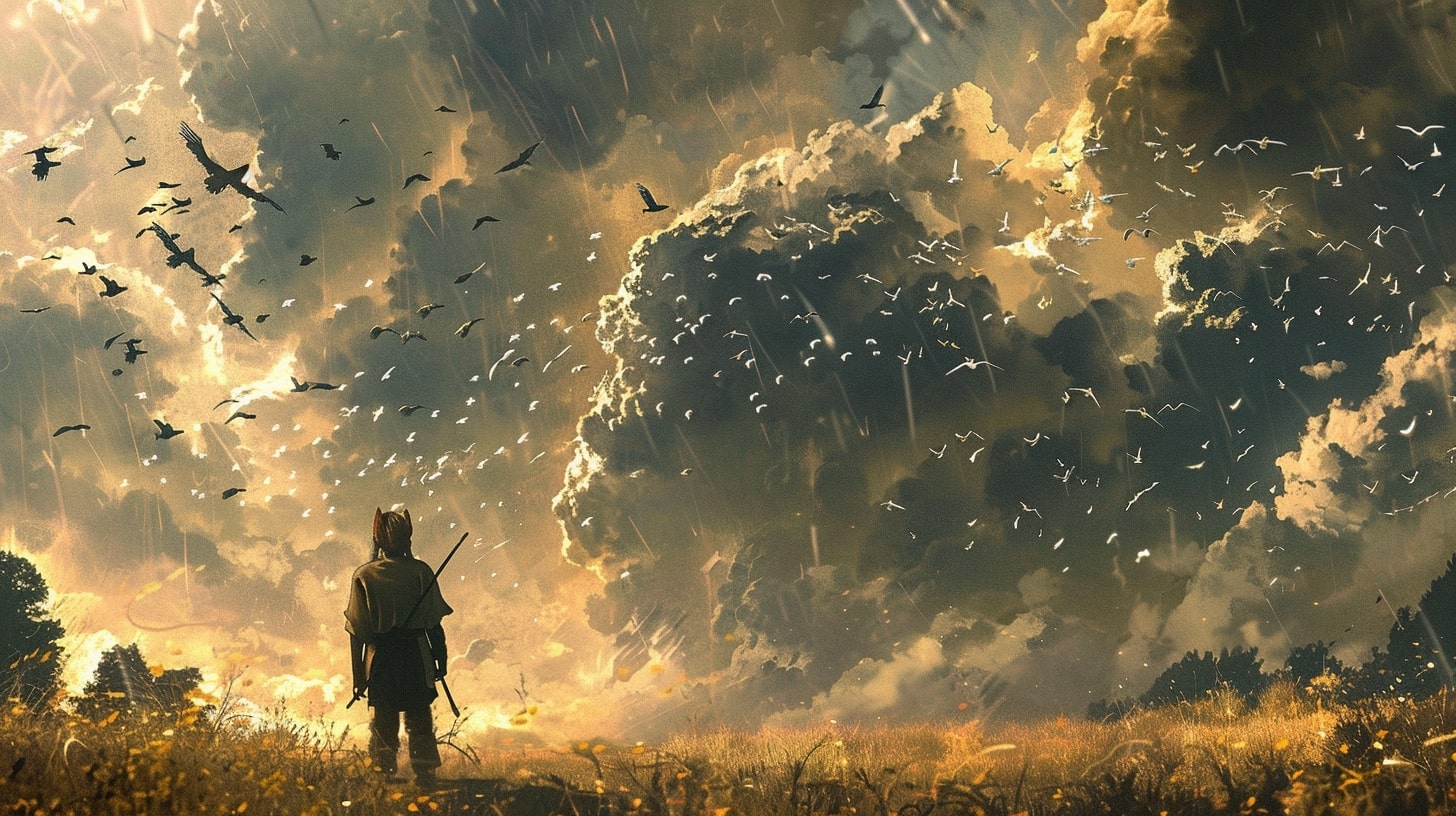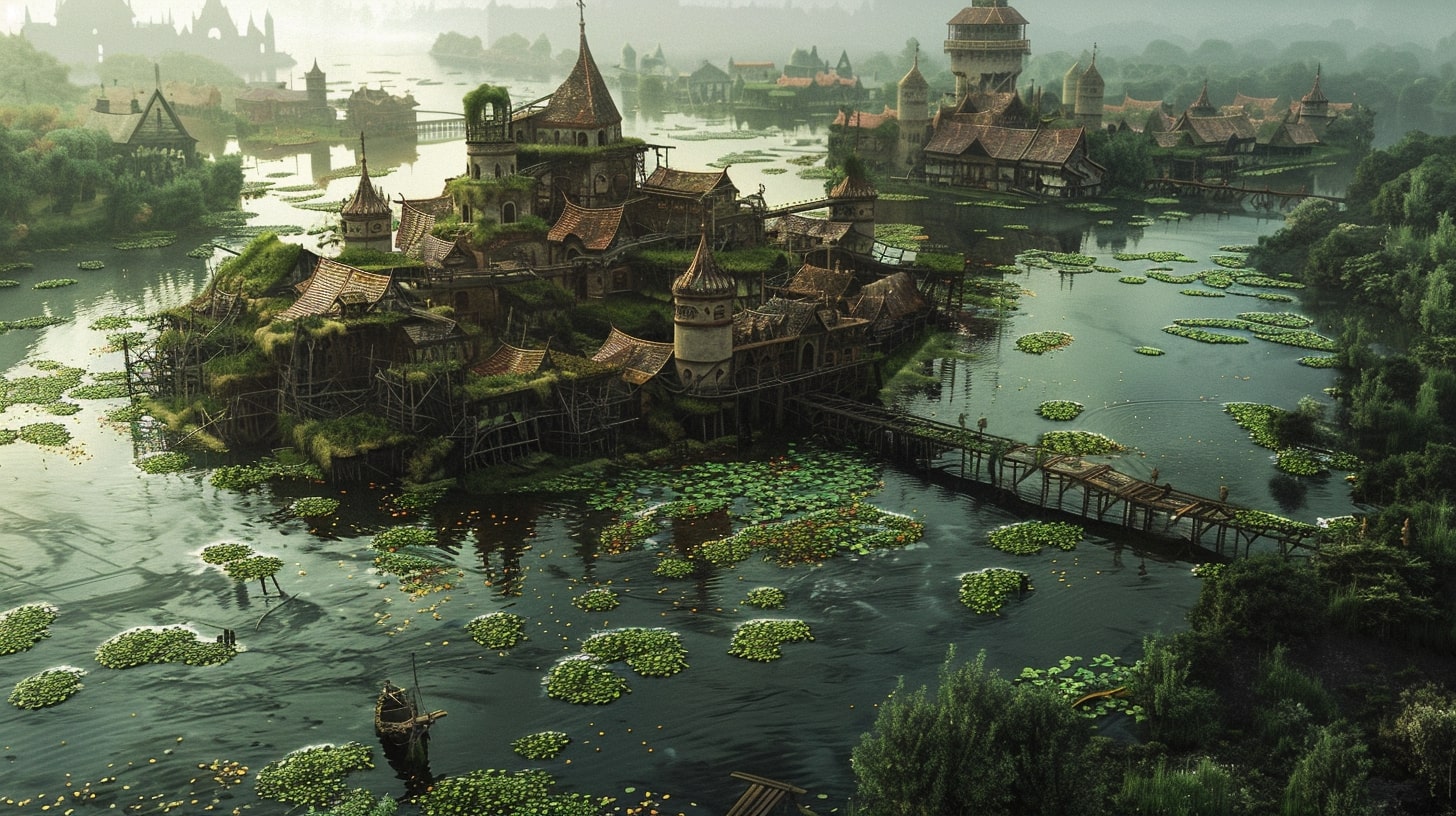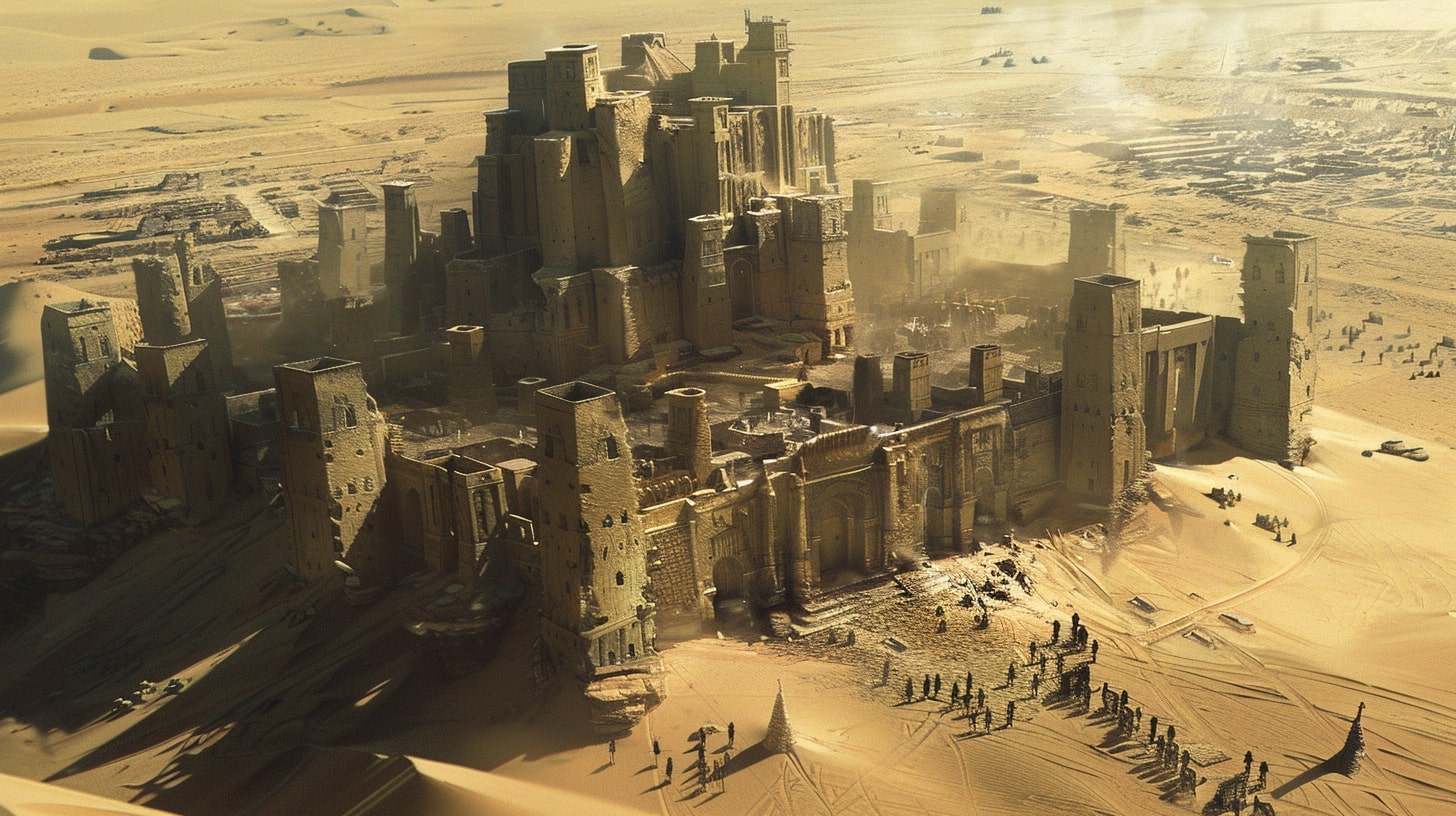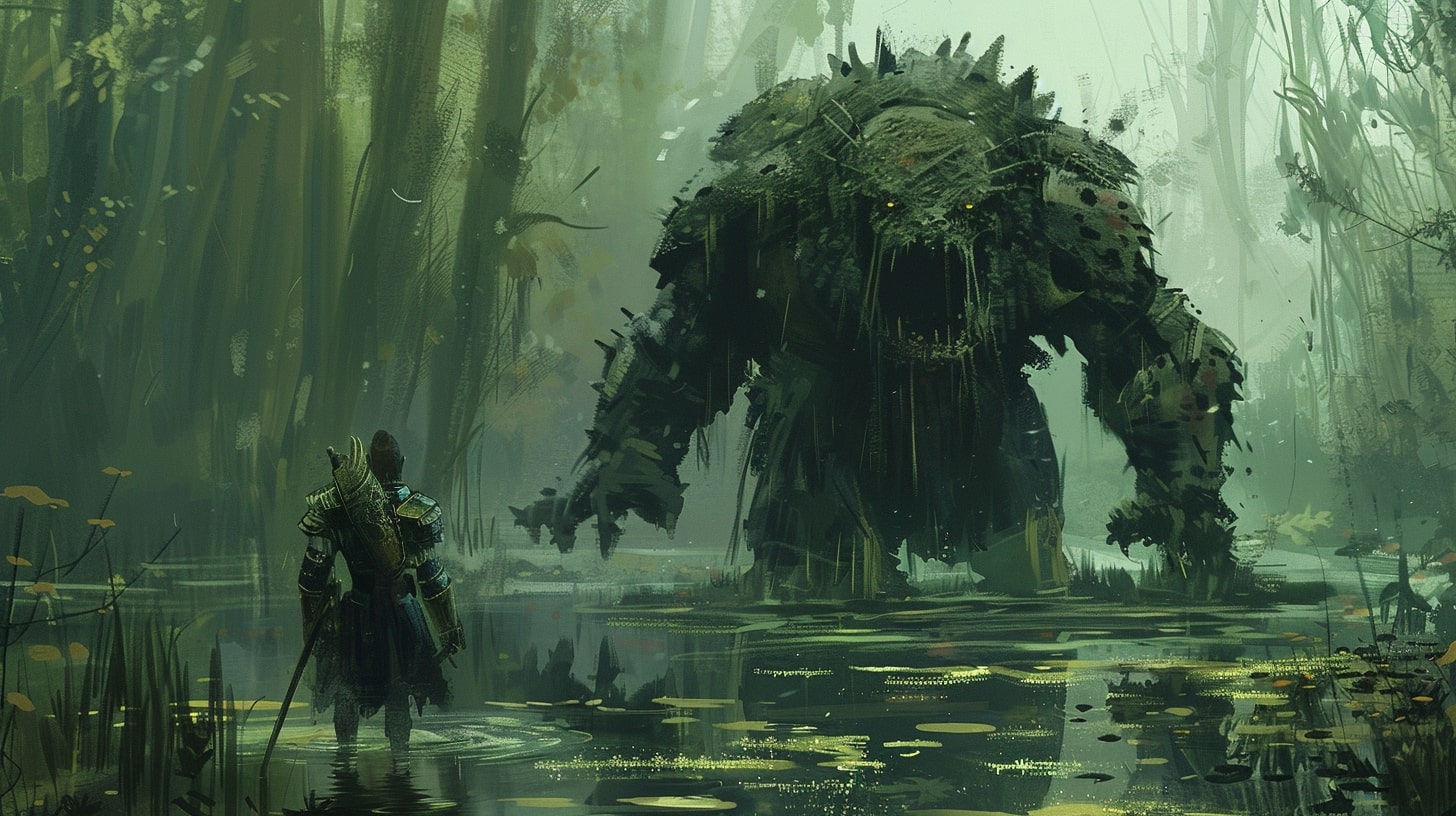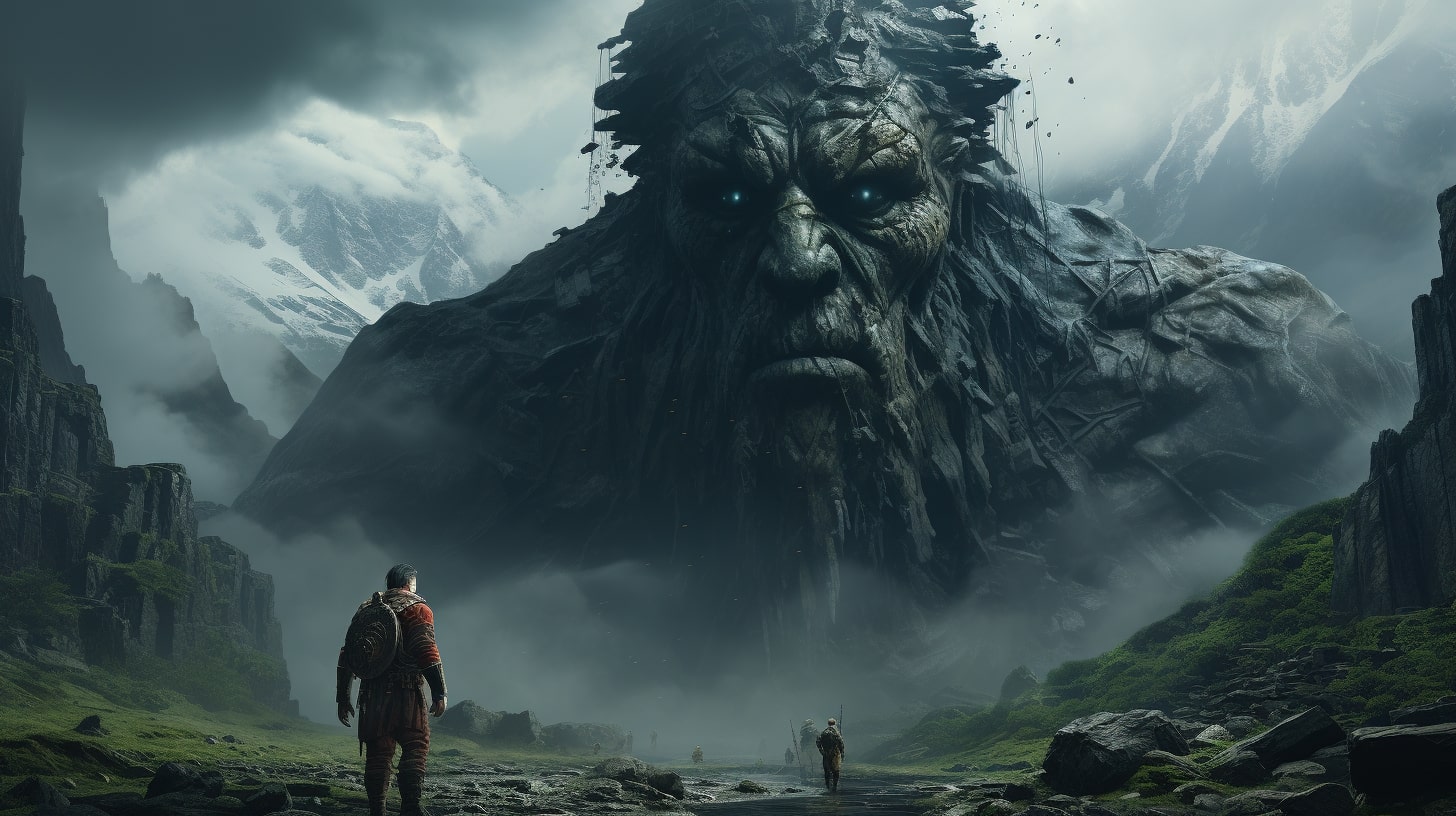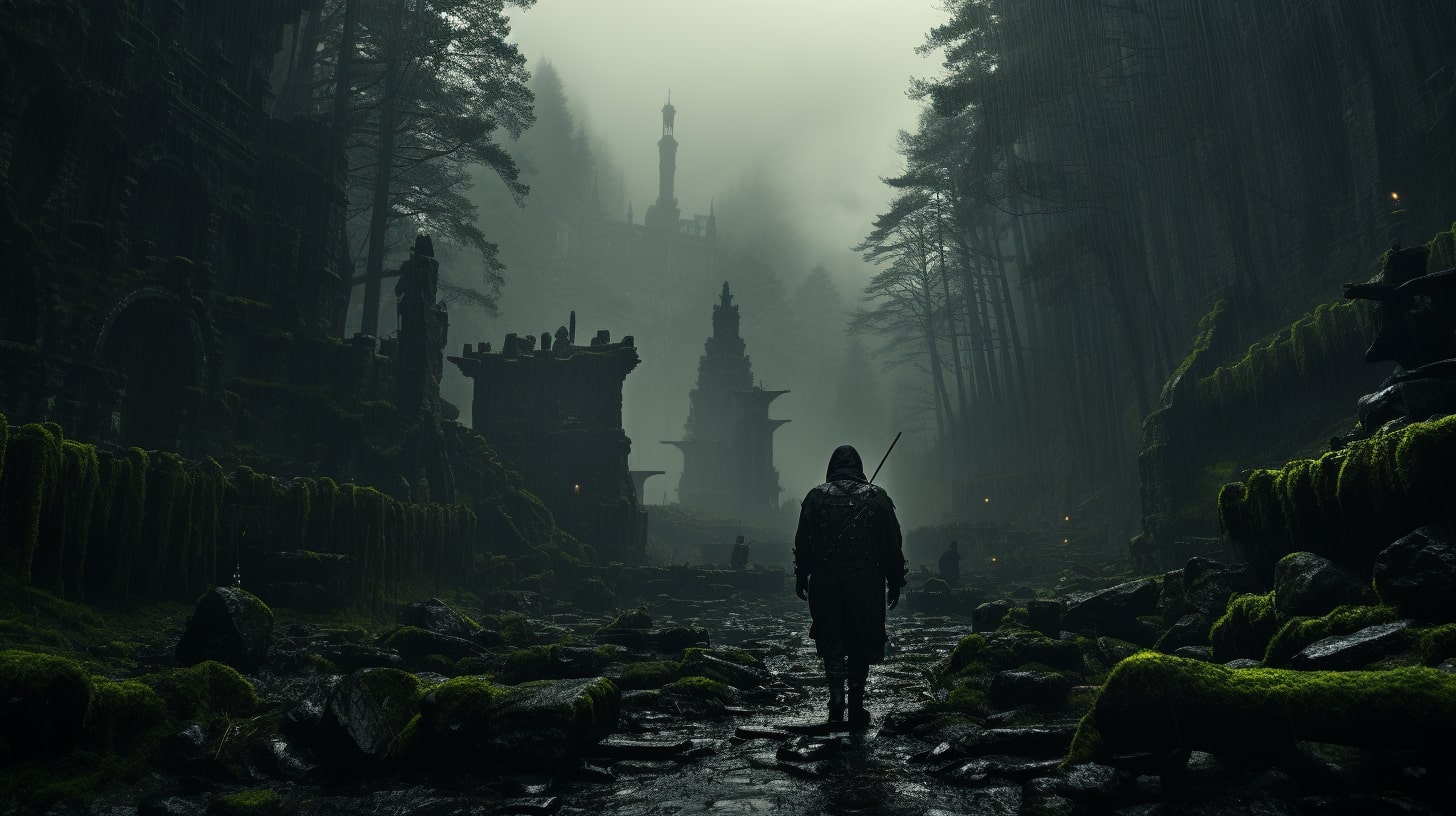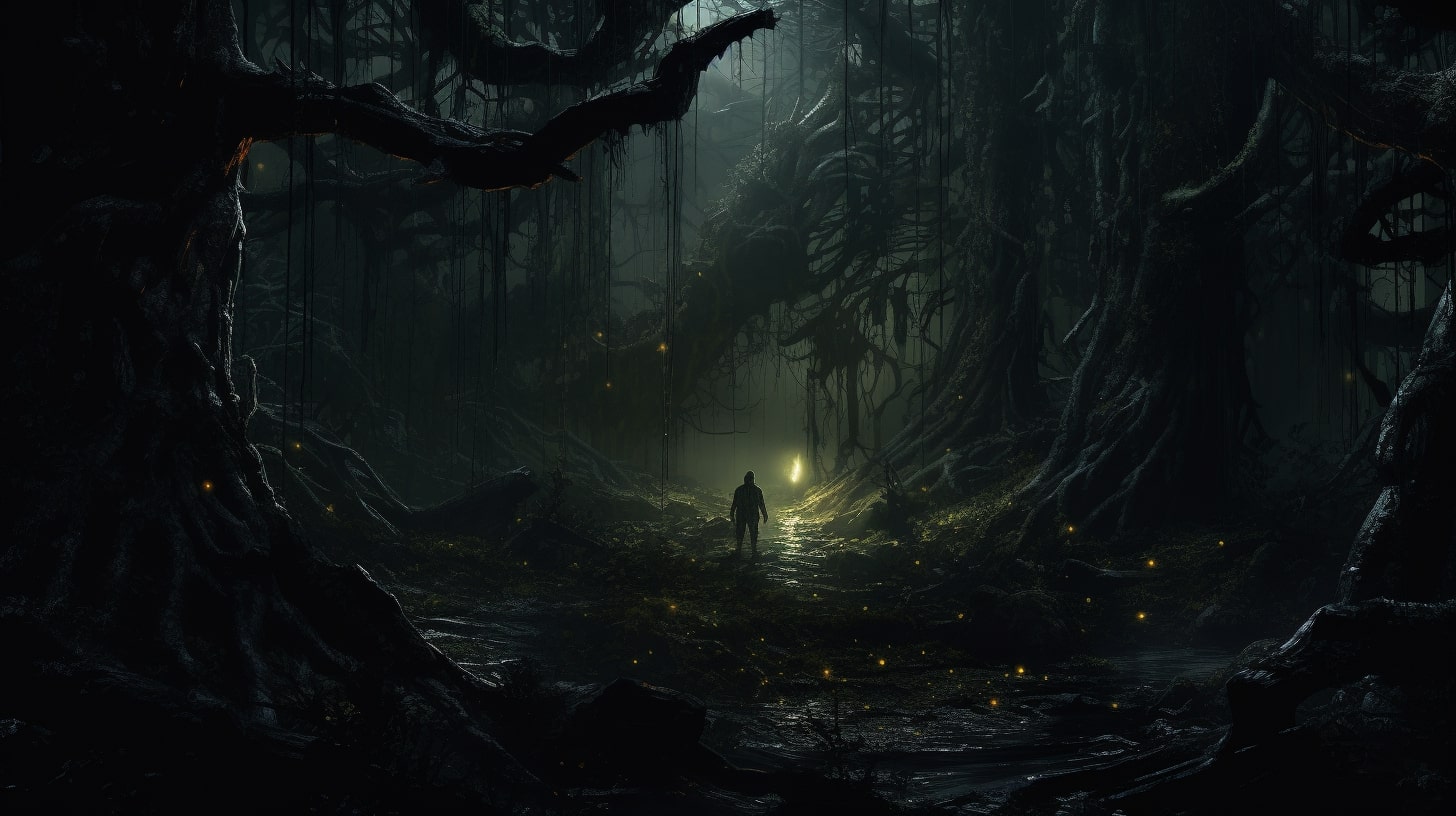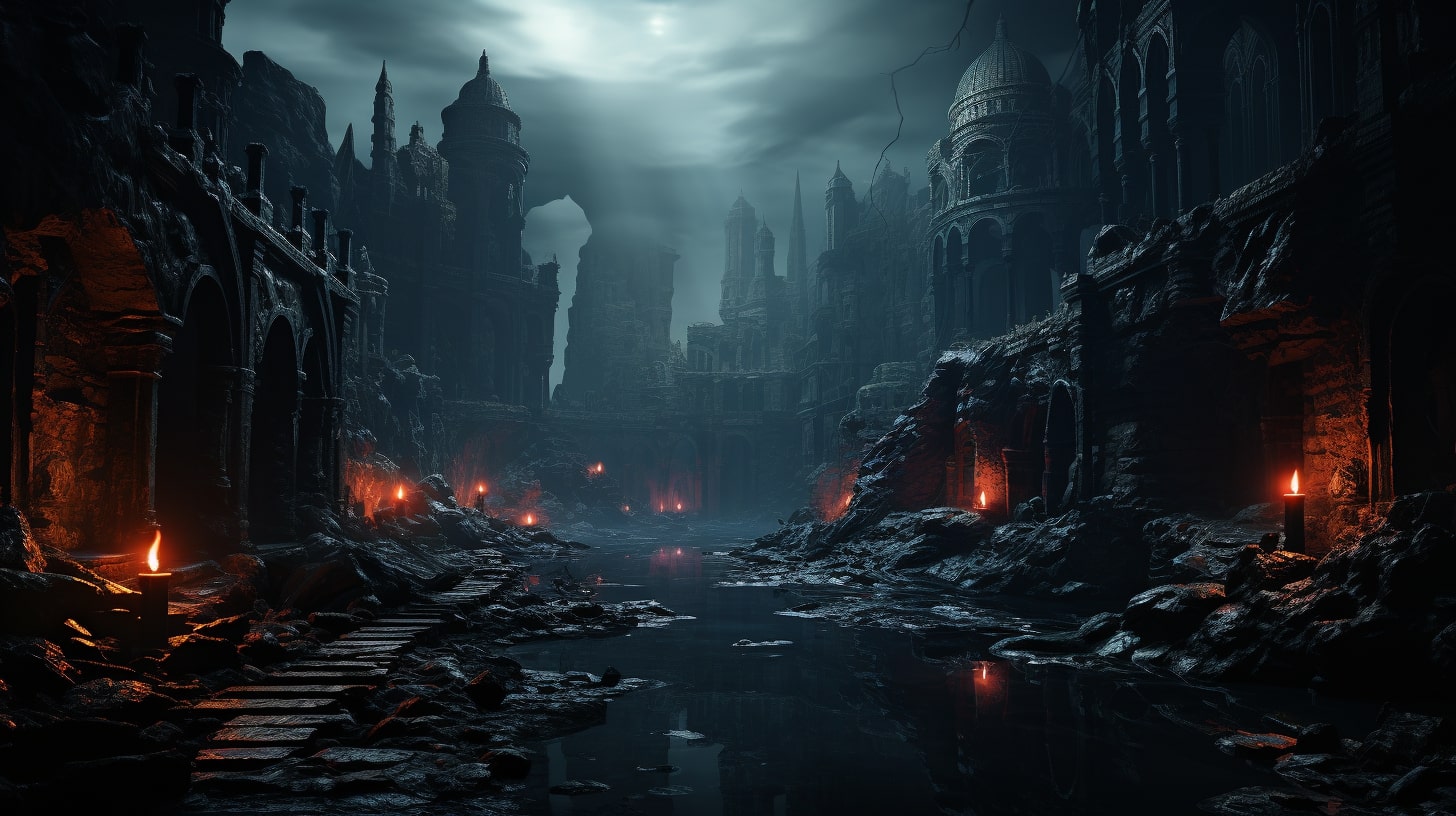Introduction to Worldbuilding
Welcome to the fascinating world of worldbuilding! As a writer, you have the power to create intricate and captivating fictional worlds that transport readers into new realms of imagination. In this section, we will explore the importance of worldbuilding in writing and how it enhances the reading experience.
The Importance of Worldbuilding in Writing
Worldbuilding is the process of constructing an entire fictional universe, complete with its own geography, history, cultures, and more. It serves as the foundation upon which your story unfolds, providing a rich backdrop for your characters and plot to thrive.
By engaging in worldbuilding, you breathe life into your story and make it feel more authentic and immersive for your readers. A well-developed world captures their attention and allows them to escape into a realm that feels tangible and believable. It creates a sense of wonder and curiosity, keeping readers engaged and eager to explore every aspect of your fictional universe.
Worldbuilding also plays a vital role in creating a cohesive and consistent narrative. When you establish the rules and boundaries of your world, you provide a framework for your story to unfold. This helps you maintain internal logic and avoid plot inconsistencies.
By adhering to the rules you've set, you ensure that your readers can invest in your story without being pulled out by illogical or contradictory elements. This is why worldbuilding for writers is so vital to the success of their work.
How Worldbuilding Enhances the Reading Experience
Immersing your readers in a meticulously crafted world enhances their reading experience in several ways. It allows them to fully immerse themselves in the story, connecting with the characters and their struggles on a deeper level. The more vivid and well-developed your world, the more your readers will feel like active participants in the narrative.
Worldbuilding also adds layers of depth and complexity to your storytelling. It provides a sense of history and context that adds richness to the plot and characters. By incorporating elements such as unique cultures, politics, and mythologies, you create a tapestry of interconnected stories and motivations that captivate your readers.
Furthermore, worldbuilding fosters a sense of discovery and wonder. As your readers explore the intricacies of your world, they uncover hidden treasures, encounter new creatures, and witness awe-inspiring landscapes. This sense of discovery keeps them engaged and fuels their desire to delve deeper into your story.
When you first come across the Dreadmare you should feel something and it isn't joy.
In the next sections, we will delve into the process of worldbuilding, from establishing a solid foundation to creating believable characters and integrating your worldbuilding seamlessly into your writing. So, get ready to unleash your imagination and embark on an incredible journey of worldbuilding!
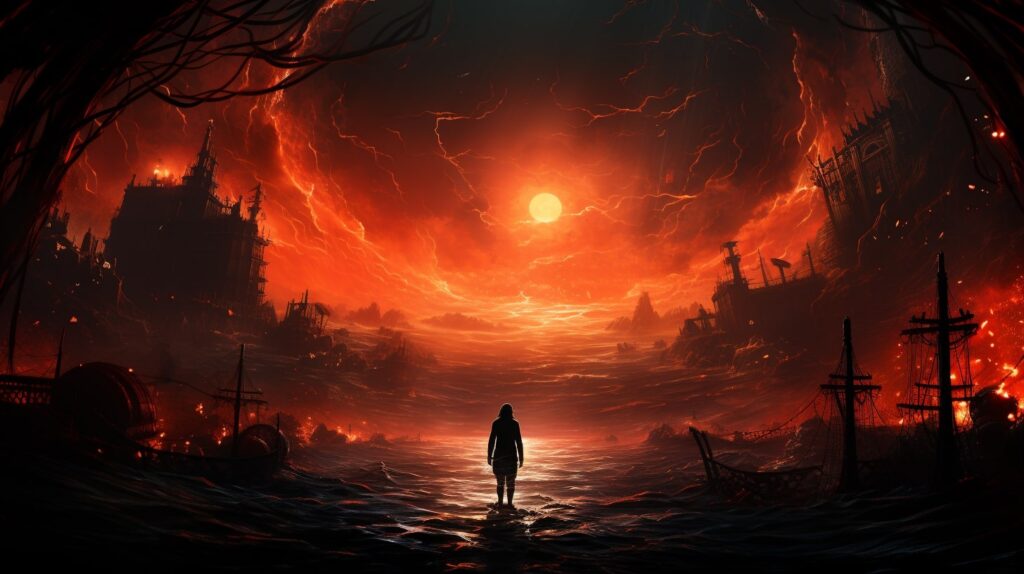
Worldbuilding for Writers: Getting Started
When diving into the world of worldbuilding, it's essential to create a solid foundation on which your imaginary world will be built. This foundation will serve as the backbone of your storytelling and ensure the coherence and believability of your world. Here are two key steps to get started:
Creating a Solid Foundation
To create a solid foundation for your world, start by asking yourself fundamental questions about the setting, history, and overall concept of your world. Consider the following aspects:
Geography: Determine the physical features of your world, such as the continents, mountains, rivers, and oceans. Think about how these elements will influence the cultures, societies, and interactions within your world. For more guidance on worldbuilding geography, check out our article on worldbuilding geography.
History: Develop a backstory for your world that includes major events, conflicts, and the rise and fall of civilizations. This history will shape the present and future of your world, providing depth and context to your storytelling. For tips on creating a compelling history, visit our article on worldbuilding history.
Cultures and Societies: Consider the diverse cultures and societies that populate your world. Think about their customs, traditions, beliefs, and social structures. This will help bring your world to life and give your readers a sense of the rich tapestry of your fictional universe. For more insights on worldbuilding cultures, refer to our article on worldbuilding cultures.
Establishing the Rules of Your World
Once you have a solid foundation, it's important to establish the rules that govern your world. These rules will define the boundaries and limitations within which your characters and story will operate. Consider the following aspects:
Magic System: If your world includes magic, establish the rules and limitations of your magic system. Define how magic works, its source, and the consequences of using it. This will add depth and consistency to your magical elements. For more guidance on creating a magic system, visit our article on worldbuilding magic system.
Mythology and Legends: Develop the myths, legends, and folklore of your world. These stories will provide a cultural and historical backdrop, enriching the experiences and beliefs of your characters. Explore our article on worldbuilding mythology for inspiration on creating compelling legends.
By creating a solid foundation and establishing the rules of your world, you lay the groundwork for a captivating and immersive story. Remember to keep track of your worldbuilding details and maintain consistency throughout your writing process. For a comprehensive worldbuilding guide, check out our article on worldbuilding guide.
Next, we'll explore how to build the physical aspects of your world, including geography and climate. Let your imagination soar as you bring your world to life!
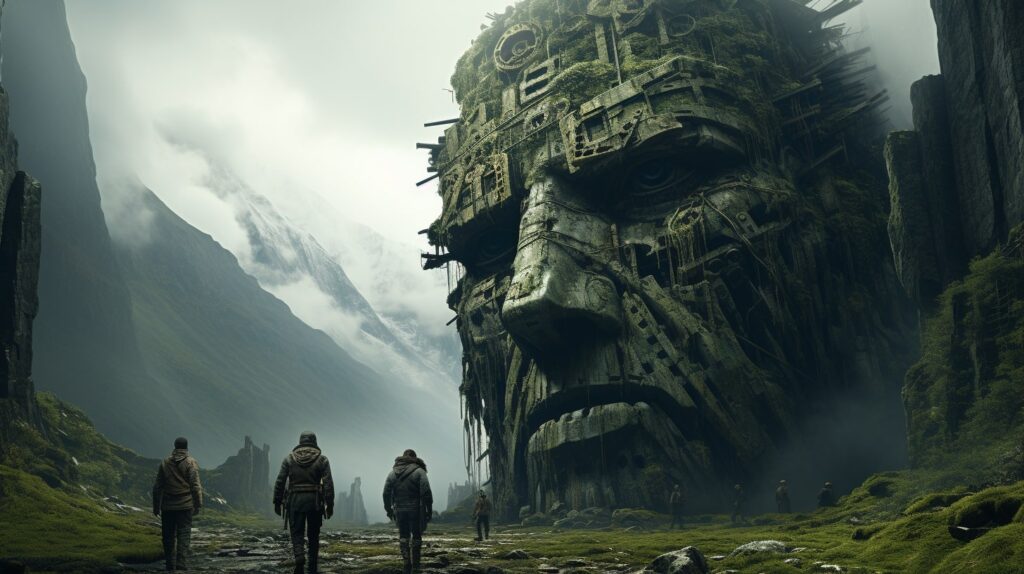
Building the Physical World
To create a captivating and immersive world, building the physical aspects of your fictional realm is essential. This involves carefully crafting the geography and landscapes as well as the climate and weather systems that shape your world.
Geography and Landscapes
When designing the geography of your world, consider the diverse elements that make up the physical terrain. This includes mountains, rivers, forests, deserts, and any other geographical features that contribute to the overall landscape. These elements play a crucial role in shaping the environment, determining the availability of resources, and influencing the cultures and societies within your world.
To ensure consistency and believability, create a map of your fictional world. This map will serve as a visual reference and help you visualize the relationships between different regions. It can also aid in maintaining continuity throughout your writing. For tips on creating detailed and visually appealing maps, check out our article on worldbuilding maps.
Climate and Weather Systems
The climate and weather of your world play a significant role in setting the mood and atmosphere of your story. Consider the prevailing weather patterns, such as rainfall, temperature variations, and seasonal changes. These factors will impact the flora, fauna, and overall daily life of the inhabitants in your world.
To add depth and realism to your world, create a variety of climates. This can include regions with tropical climates, arid deserts, temperate forests, or icy tundras. Think about how these different climates interact with each other and how they can influence the cultures and societies that inhabit each region.
When developing your world's weather systems, consider the impact of natural phenomena such as storms, hurricanes, and other extreme weather events. These elements can add excitement and tension to your story, as well as provide opportunities for character development.
By carefully crafting the geography and landscapes, as well as the climate and weather systems, you can create a rich and immersive world for your readers to explore. Remember to maintain consistency and coherence throughout your writing process. For more worldbuilding resources and tips, visit our worldbuilding resources page.
In the next section, we will delve into populating your world and creating believable cultures, societies, and characters that will bring your world to life.
Populating Your World
Now that you have established the foundation and rules of your world, it's time to populate it with diverse cultures, societies, and believable characters. This step is crucial for creating a rich and immersive reading experience for your audience.
Developing Cultures and Societies
When developing cultures and societies in your world, consider factors such as history, geography, and social structures. Each culture can have its own unique customs, traditions, values, and even languages. Think about how these elements shape the behavior, beliefs, and interactions of the people within each culture.
To make your cultures feel authentic, draw inspiration from real-world examples, but also infuse your own creativity. Research different cultural practices, clothing, architecture, and cuisine to add depth to your world. You can also create conflicts or alliances between cultures to introduce tension and drive the plot forward.
For more in-depth guidance on worldbuilding cultures, check out our article on worldbuilding cultures.
Creating Believable Characters
Believable characters are the heart and soul of any story. When creating characters for your world, consider their backgrounds, motivations, and relationships with the world around them. Think about how their cultures and societies have influenced their perspectives and behaviors.
Give your characters depth by exploring their strengths, weaknesses, and personal journeys. Consider their roles in the larger narrative and how they interact with other characters. It's also important to ensure diversity within your cast of characters, representing different genders, races, and perspectives.
To further develop your characters, consider their occupations, skills, and interests. How do they fit into the social and political structures of your world? What challenges do they face, and how do they grow throughout the story?
For more tips and guidance on creating compelling characters, check out our article on worldbuilding characters.
By populating your world with well-developed cultures and believable characters, you bring your story to life. The interactions and conflicts between these elements will shape the narrative and engage your readers. Remember to maintain consistency and coherence in your worldbuilding, ensuring that every aspect contributes to the overall story.

Adding Magic and Fantasy Elements
As a fantasy writer, adding magic and fantasy elements to your world can bring a sense of wonder and enchantment to your story. It allows you to create a unique and captivating world that readers can immerse themselves in. In this section, we will explore two important aspects of worldbuilding in fantasy: establishing the magic system and incorporating mythology and legends.
Establishing the Magic System
When incorporating magic into your world, it's essential to establish a consistent magic system. This system defines the rules and limitations of magic within your story. Consider the source of magic in your world, whether it's innate abilities, spells, or objects imbued with magical properties. Outline how magic is acquired, how it is controlled, and any consequences or side effects that come with its use.
To maintain coherence and avoid plot holes, it's important to establish clear boundaries for your magic system. Determine the costs, limitations, and potential dangers associated with using magic. This will add depth and tension to your story, as characters navigate the complexities of wielding magical powers. For more ideas and inspiration on worldbuilding, check out our article on worldbuilding ideas.
Incorporating Mythology and Legends
Mythology and legends add richness and depth to your world, providing a sense of history and culture. They can help explain the origins of your world, its inhabitants, and the magical elements you've introduced. Consider creating a pantheon of gods, mythical creatures, and epic tales that shape the beliefs and traditions of your characters.
Incorporating myths and legends can also provide opportunities for character development and plot progression. Characters can embark on quests to uncover ancient artifacts or seek the wisdom of mythical beings. Legends can be used to foreshadow events or reveal hidden truths about the world. By intertwining mythology with the narrative, you create a sense of authenticity and wonder.
When crafting your own mythology and legends, draw inspiration from real-world folklore and ancient stories. Adapt and reinterpret them to fit the unique aspects of your world. Remember to maintain consistency and integrate these elements seamlessly into your story. For more guidance on worldbuilding, our article on worldbuilding mythology offers valuable tips and resources.
By establishing a well-defined magic system and incorporating compelling mythology and legends, you can create a fantasy world that captivates readers and leaves them eager for more. Be imaginative and consistent in your worldbuilding, and let your creativity and storytelling prowess shine through. Happy writing!
Maintaining Consistency and Coherence
To ensure that your worldbuilding remains immersive and believable, it's essential to maintain consistency and coherence throughout your writing. This involves keeping track of details and ensuring continuity in your world.
Keeping Track of Details
In the intricate process of worldbuilding, it's easy to lose track of the myriad of details that make up your fictional world. To avoid inconsistencies, it's important to keep a record of key elements such as character names, locations, historical events, and established rules of your world.
Creating a worldbuilding bible or a detailed reference document can be immensely helpful. This document serves as a central repository for all the essential information about your world. Include sections for different aspects of your world, such as geography, history, magic systems, and cultures. Update it regularly as your world evolves and expand upon it with new ideas and concepts.
Additionally, consider creating a timeline that outlines the major events in your world's history. This can provide a framework for your story and ensure that events are consistent and logical. For more guidance on worldbuilding organization and resources, check out our article on worldbuilding resources.
Ensuring Continuity in Your World
Maintaining continuity in your world is crucial for the reader's immersion. While it's natural for your world to evolve as you write, it's important to ensure that any changes align with the established rules and logic of your world.
When introducing new elements or making revisions, take the time to consider how they interact with existing aspects of your world. Ask yourself questions like: Does this change affect the culture or society? How does it impact the history or geography of the world? By considering these factors, you can ensure that the changes you make are consistent and coherent within the context of your world.
Another way to ensure continuity is to create a style guide for your world. This guide outlines the specific language, terminology, and visual aesthetics of your world. It helps to maintain a consistent tone and atmosphere throughout your writing, enhancing the reader's experience.
Remember, maintaining consistency and coherence doesn't mean sacrificing creativity or spontaneity. It simply ensures that your world feels cohesive and believable. By keeping track of details and ensuring continuity, you can create a rich and immersive world that captivates your readers.
Showcasing Your Worldbuilding in Your Writing
Once you've put in the effort to create a rich and immersive world, it's time to integrate your worldbuilding seamlessly into your writing. By doing so, you can captivate your readers and provide them with a truly immersive reading experience. Here are some tips on how to achieve this:
Integrating Worldbuilding Seamlessly
Introduce your world gradually throughout your story rather than overwhelming your readers with an information dump. Start by incorporating small details that gradually paint a picture of your world. Show, rather than tell, your readers about the different aspects of your world. For example, instead of saying, "The city was built on a floating island," you could describe how the protagonist gazes out at the endless expanse of sky and the buildings suspended above.
Use vivid and descriptive language to bring your world to life. Engage the senses of your readers by describing the sights, sounds, smells, and textures of your world. By immersing your readers in the sensory details, you can make your world feel more tangible and real.
Weave worldbuilding information into the narrative. Instead of interrupting the flow of the story with lengthy explanations, find natural opportunities to integrate worldbuilding details. For example, you can reveal information through dialogue between characters or through the protagonist's observations as they explore the world.
Utilize the perspectives of your characters to reveal different aspects of your world. Each character can provide a unique lens through which readers can view your world. Their beliefs, values, and experiences can shape their perceptions of the world and add depth to your storytelling.
Balancing Worldbuilding and Plot Progression
While worldbuilding is essential, it's important to strike a balance between worldbuilding and plot progression. Avoid excessive exposition solely focused on worldbuilding, as this can slow down the pace of your story. Instead, integrate worldbuilding details into the narrative in a way that advances the plot.
Reveal worldbuilding details only when necessary for the understanding of the story. Introduce information that is relevant to the plot or character development. This way, your readers can gradually uncover the intricacies of your world while being engaged in the unfolding story.
Focus on the elements of worldbuilding that impact the plot. Identify the aspects of your world that directly influence the conflicts, challenges, and motivations of your characters. Highlighting these elements will ensure that your worldbuilding serves a purpose in driving the story forward.
By integrating worldbuilding seamlessly and balancing it with the progression of your plot, you can create a narrative that not only immerses readers in your world but also keeps them engaged in the story itself. Remember, the goal is to enhance the reading experience by crafting a world that feels vibrant, authentic, and alive.
For more information on worldbuilding techniques and resources, check out our article on worldbuilding techniques and worldbuilding resources.

